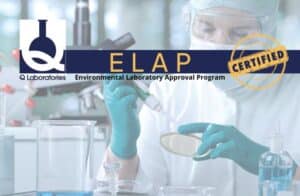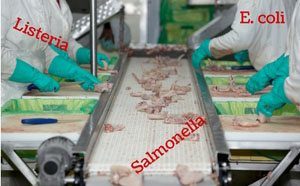
Q Laboratories Receives ELAP Certification
What is the ELAP Certification and why is it important? We are happy to announce that Q Laboratories is now approved by the New York State Department of Health’s Environmental Laboratory Approval Program (ELAP). New York ELAP approval is required in New York as part of the Protection Against Legionella regulation which was passed in July, 2016. This







